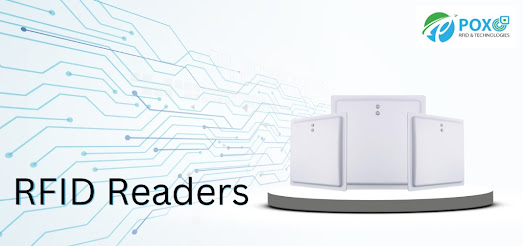Streamlining Warehouse Management with RFID Tags

Efficient warehouse management is the backbone of modern supply chains. Businesses today need faster operations, accurate inventory control, and real-time tracking to keep up with market demand. This is where RFID tags are transforming the way warehouses operate, enabling companies to cut costs, save time, and boost productivity. What Are RFID Tags and Why Do They Matter? An RFID tag is a small electronic device that stores data and communicates wirelessly through radio frequency. Unlike barcodes that require a scanner to be in direct line of sight, RFID tags can be read at a distance and in bulk. This simple difference translates into massive efficiency gains when managing large volumes of products inside warehouses. For example, inventory counts that previously took hours can now be completed in minutes with RFID-enabled systems. This means fewer errors, less manual effort, and more accurate data for decision-making. Benefits of Using RFID in Warehouse Operations Warehouses fac...





